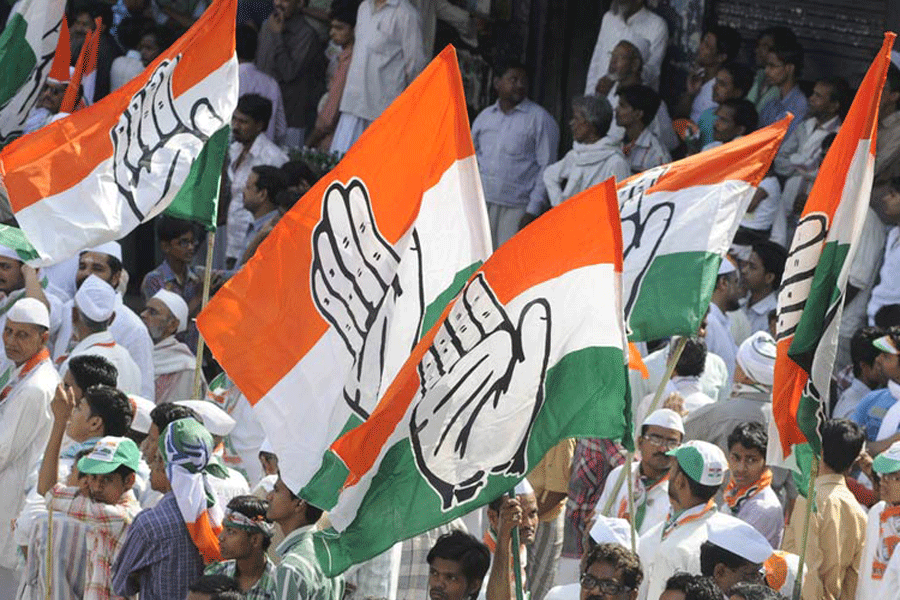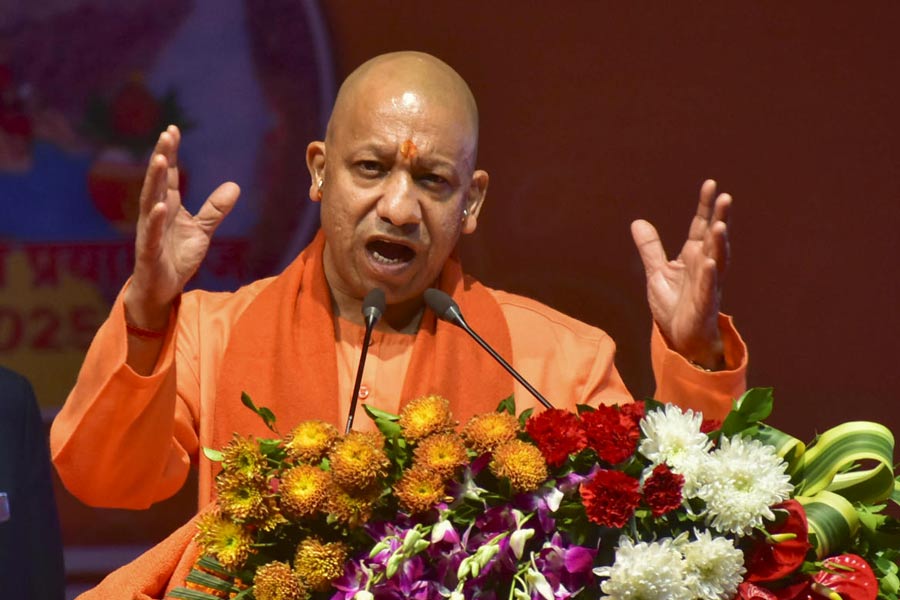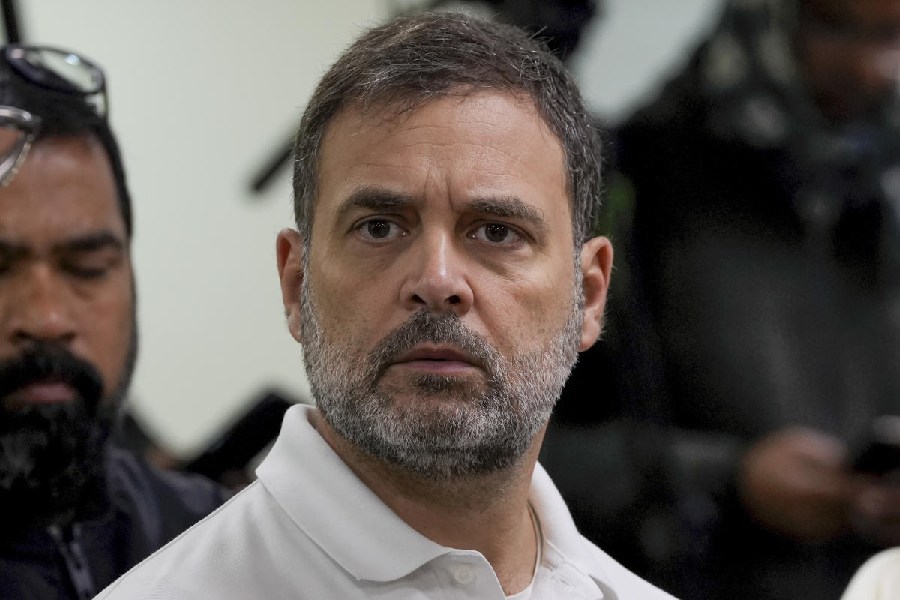Unity among India’s fractured Opposition has proven to be elusive, lengthening the Bharatiya Janata Party’s hold on power. A formula seems to be in sight, at long last, to bind the Opposition together before the general elections next year. The chief ministers of Bihar and Bengal, Nitish Kumar and Mamata Banerjee, respectively, have been rather enthusiastic in terms of their reception to the ‘one-to-one’ formula. According to this equation, the Congress should take on the BJP in its strongholds — estimated to be just 200 seats — while the regional parties would do their bit in their areas of dominance. The BJP would then find it difficult to turn the tables, or so goes the reasoning. But it appears that neither Mr Kumar nor Ms Banerjee has taken into consideration the complexities on the ground. For instance, this equation can work only on the basis of consensus on some crucial issues. How should, for instance, parties in the Opposition identify their respective areas of strength? The math is confounding because electoral behaviour varies across polls. For instance, in Punjab and Delhi, even though the Congress lost to the Aam Aadmi Party in the assembly elections, the former’s vote share was higher than Arvind Kejriwal’s party in the general elections of 2019. Would it then be reasonable for the Congress to cede ground by doffing its hat to the one-to-one principle? There are ideological roadblocks as well. The Congress has, quite correctly, ruled out an alliance with some parties — the YSR Congress, the Biju Janata Dal, the Telugu Desam Party, the Bharat Rashtra Samithi — and for good reason: these outfits are the quintessential fence-sitters. Additionally, in some states, Bengal being a case in point, the Congress is in conflict with the dominant regional party. The Trinamul Congress and the AAP have also been known to wade into political territories known for two-way contests between the Congress and the BJP. There is also the subterranean tussle among Opposition leaders to be projected as the face of this ‘united’ front.
Meanwhile, there was also talk of opening a second front against the BJP without involving the Congress. The truth of the matter is that the Opposition is yet to discover the glue that will make it stick. The momentum towards unity is also likely to be affected by the outcomes of the upcoming assembly elections. If the Congress performs credibly, as it did in Karnataka, it would hold more bargaining chips. But the Opposition must find a formula quickly. Time is of the essence.











